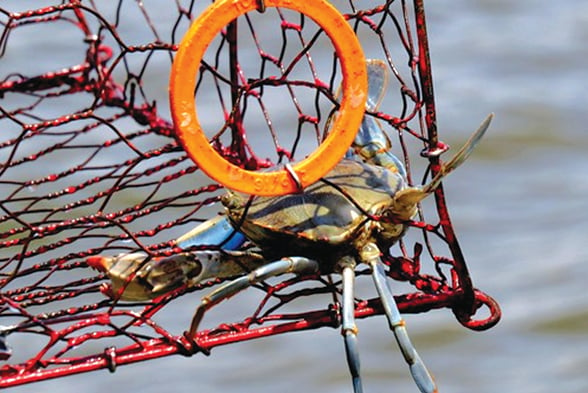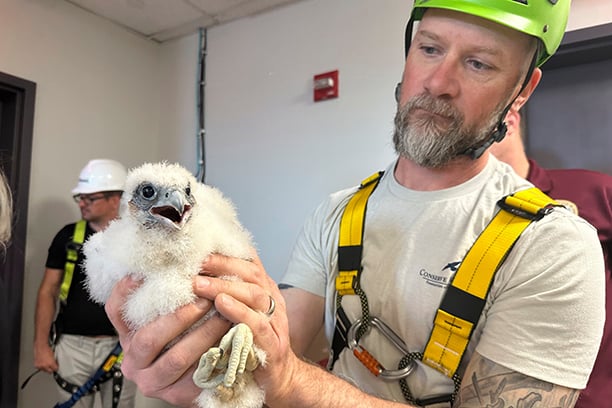Marylanders must comply with all blue crab laws – Outdoor News

Annapolis, Md. — Maryland’s blue crab season runs April 1 to Dec. 31 in the Chesapeake Bay and its tidal tributaries and the Atlantic Ocean and coastal bays. With the opening of a new season came an increased presence by Natural Resources Police officers to educate the public and enforce laws pertaining to crabbing, particularly with recreational crabbers and owners of private shorelines.
“It’s important for Marylanders to stay in compliance with current laws and regulations during blue crab season,” said Brian Rathgeb, acting deputy superintendent of the Natural Resources Police.
“Whether you are crabbing from your dock or elsewhere, remember that Natural Resources Police officers will be actively enforcing all crabbing laws and regulations including crab pot turtle reduction devices, proper markings, and owner’s proper licensing and registrations.”
MORE COVERAGE FROM PENNSYLVANIA OUTDOOR NEWS:
Waterways officers from Pennsylvania Fish & Boat Commission seek higher pay
Rare pickerel with a blue mouth was surprise birthday gift for Pennsylvania angler
Lake Wilhelm in northwest Pennsylvania shines in a recent fisheries survey
Many turtle-reduction devices are bright orange plastic rectangular devices fitted in crab pot entrance funnels. They have been required by law on recreational crab pots in Maryland since 1999.
Large diamondback terrapins won’t fit through the state-regulated devices (1.75 inches x 4.75 inches), but they do not interfere with catching legal crabs.
Diamondback terrapins, the state reptile, face tremendous danger in crab pots not fitted with reduction devices. Terrapins are lured into crab pots by the same baits used to attract blue crabs. However, unlike blue crabs, terrapins must rise periodically to the surface to breathe air. Terrapins trapped in a fully submerged crab pot will drown.
“Once prevalent in state waters, terrapins today face many challenges in the Chesapeake Bay and Atlantic coastal waters,” said Jonathan McKnight, associate director of the Department of Natural Resources’ Natural Heritage Program said.
“Loss of habitat and crab pot mortality pose significant threats to their population. When crabbing this season, keep the turtles in mind and know that your efforts are crucial in the conservation of this species.”
Researchers from the Department of Natural Resources’ Wildlife and Heritage Service alongside Natural Resources Police officers performed routine recreational crab pot checks in 2016, finding turtle-reduction devices compliance as low as 53%.
Marylanders are reminded that in addition to mandated turtle reduction devices, recreational crab pots must also be registered annually and marked with the owner’s name and address.
Natural Resources Police Officers are checking for gear compliance as frequently as ever, significantly increasing the number of crabbing related inspections from 2022 to 2023, while also recording a 13.6% increase in crabbing citations and warnings issued year-over-year.
Pots not affixed with turtle reduction devices can still be bought legally, however the devices must be installed prior to recreational use. As awareness of the devices has increased, many recreational crab pots now sold include the turtle-saving feature.
“The harvest regulations in place are there for the future of crabbing in Maryland,” said Michael Luisi, associate director of Department of Natural Resources’ Fishing and Boating Services.
“Crabbing is a time-honored tradition in our state and blue crabs are one of the most important species harvested in the Bay. For future generations to enjoy the blue crab harvests that we have, rules and restrictions on crab sizes, catch limits, and methods must be followed to maintain a healthy and sustainable blue crab population.”
Source: https://www.outdoornews.com/2024/08/12/marylanders-must-comply-with-all-blue-crab-laws/






